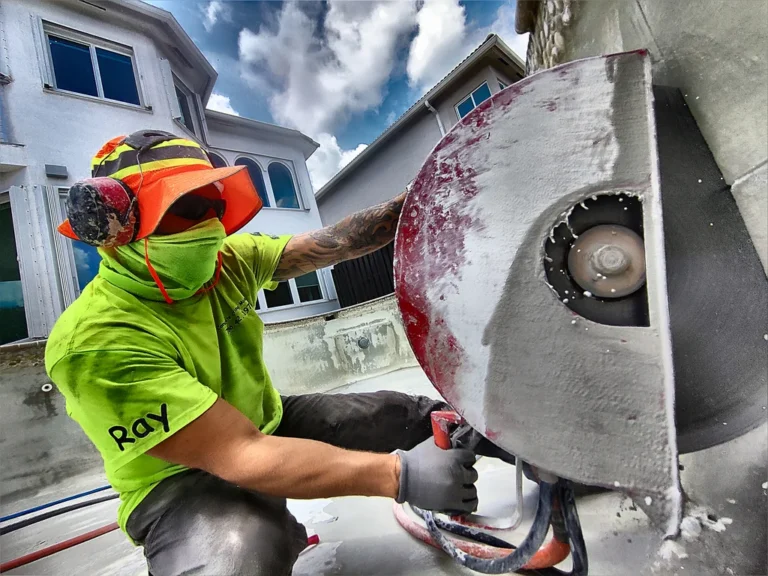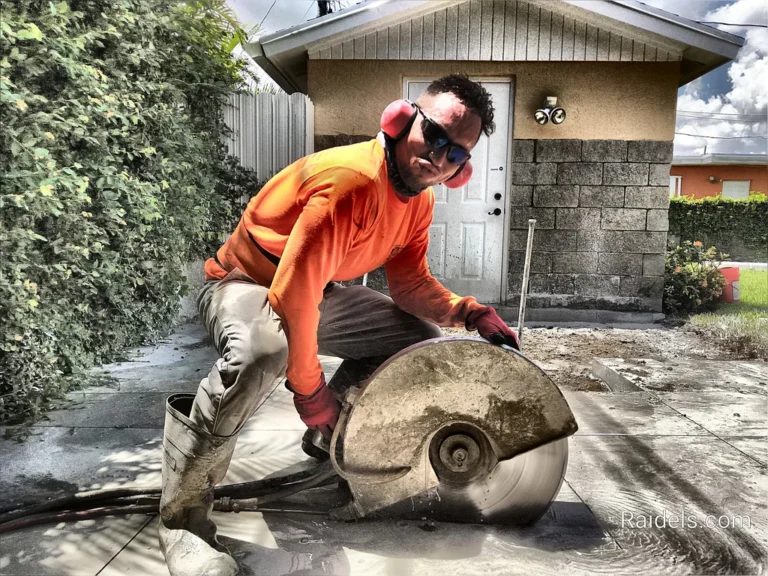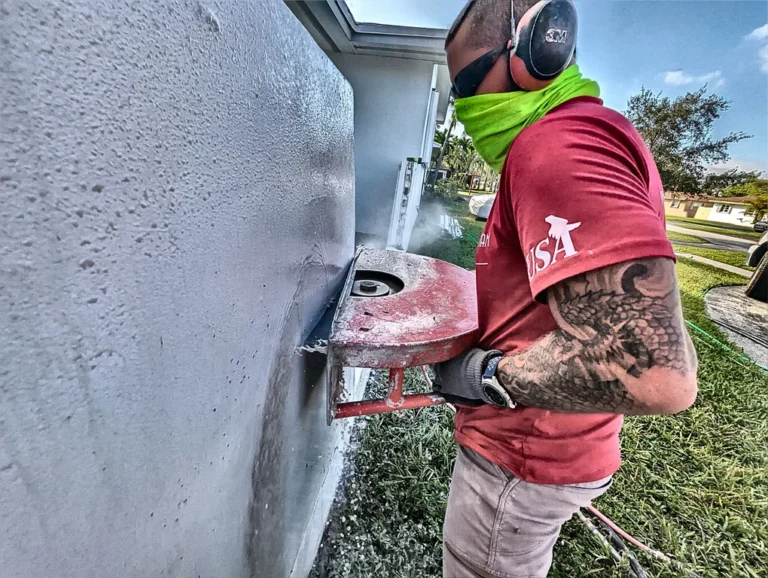Demolition, an integral part of the construction industry, involves complex and high-risk activities. Ensuring safety during demolition is crucial to prevent accidents and ensure the well-being of workers and the public. This comprehensive guide delves into the key safety aspects of demolition, offering valuable insights and practical advice for professionals in the field.
Understanding the Risks of Demolition
Demolition is not just about tearing down structures; it’s a highly technical process that demands strict adherence to safety protocols. The risks involved include structural collapses, exposure to hazardous materials, falls, and equipment-related accidents. Demolition work in South Miami showcases the complex nature of these operations and the importance of meticulous planning.
Planning and Risk Assessment
Before any demolition activity begins, a thorough risk assessment is crucial. This involves evaluating the structure, identifying potential hazards, and planning the demolition sequence. Engaging experts who specialize in concrete removal services can provide insights into the complexities of the project, ensuring that all risks are adequately addressed.
Training and Competency
Professionals involved in demolition must possess the necessary skills and knowledge. Regular training programs and competency assessments are essential. For instance, understanding the intricacies of window enlargements in South Miami Heights can provide valuable insights into the challenges of working in confined spaces.
Implementing Safety Measures in Demolition
Personal Protective Equipment (PPE)
The use of PPE is non-negotiable in demolition. Hard hats, safety glasses, gloves, and high-visibility clothing are basic requirements. Specialized equipment, such as respirators for dust and toxic substance protection, should be provided based on the specific needs of the project.
Structural Stability and Controlled Demolition Techniques
Ensuring the structural stability of the building during demolition is paramount. Techniques like controlled demolition, where the structure is brought down in a planned manner, are often employed. This includes the strategic use of demolition equipment and explosives, overseen by experienced professionals.
Handling Hazardous Materials
Demolition often involves dealing with hazardous materials like asbestos or lead. Specialized handling and disposal methods must be employed. This includes sealing off areas, using appropriate PPE, and following environmental regulations to prevent contamination.
Innovative Technologies in Demolition Safety
The use of advanced technologies can significantly enhance safety in demolition. Drones, for example, can be used for aerial surveys, providing a safe way to inspect hard-to-reach areas. Similarly, remote-controlled demolition robots can be employed in dangerous or confined spaces, reducing the risk to human workers.
Embracing Automation and Robotics
Automation and robotics are reshaping the demolition industry. These technologies not only enhance safety but also increase efficiency. Robotic demolition machines, capable of precise and controlled demolition, minimize the need for human intervention in hazardous conditions.
Utilizing Data and Analytics
Data analytics play a vital role in safety management. By analyzing data from past projects, companies can identify potential risks and implement proactive safety measures. This data-driven approach can lead to safer and more efficient demolition practices.
Prioritizing Safety in Every Demolition Project
Safety in demolition is not just a regulatory requirement; it’s a moral imperative. Every demolition project, regardless of its size, must prioritize safety above all else. By implementing rigorous safety protocols, training professionals adequately, and embracing innovative technologies, the demolition industry can ensure the safety of its workforce and the public. For more information on safe demolition practices and the latest trends in the industry, visit Concrete Cutting Miami, where you can explore a range of resources and expert insights into the world of concrete cutting, drilling, and demolition.
